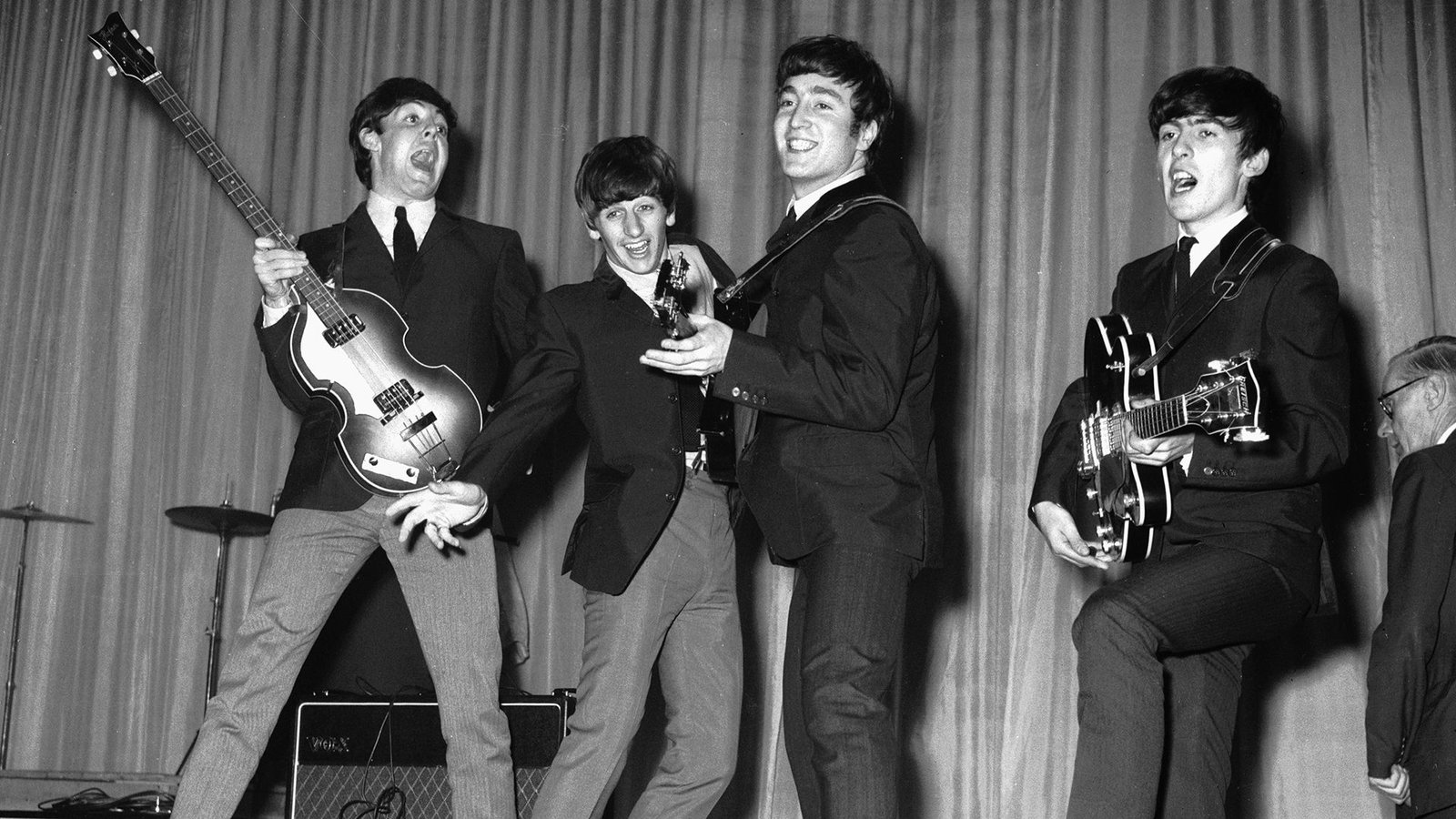Ready For A Musical Trip? The Beatles’ Most Psychedelic Songs
If you’ve followed The Beatles from their early mop-top days to their mind-expanding later years, you’ve witnessed one of the most astonishing artistic evolutions in music history. Their transformation wasn’t just visual—it was sonic. After being introduced to marijuana by Bob Dylan and later diving into the world of LSD, their music took a sharp, colorful turn.
The result? A collection of wildly inventive, psychedelic songs that pushed the limits of creativity and recording technology. Here’s a look at The Beatles’ most trippy, LSD-fueled masterpieces:
10. “I’m Only Sleeping”
From: Revolver (1966)
Haunting, hypnotic, and layered with backward guitar effects painstakingly recorded by George Harrison, this Lennon-penned track is a dreamy ode to, well, sleeping. John was famously lazy—journalist Maureen Cleave once wrote, “He can sleep almost indefinitely.” Lennon himself said the song was literally about staying in bed.
9. “A Day in the Life”
From: Sgt. Pepper’s Lonely Hearts Club Band (1967)
Equal parts poetic and hallucinatory, this song represents The Beatles at their creative peak. With eerie orchestral swells and disjointed lyrical fragments, it’s both haunting and beautiful. There’s a subtle drug reference in the lyrics, but it’s the song’s atmosphere that really captures the psychedelic vibe.
8. “She Said She Said”
From: Revolver (1966)
Lennon wrote this after an LSD trip in L.A., during a strange conversation with actor Peter Fonda, who kept whispering, “I know what it’s like to be dead.” Lennon called it “an acidy song,” and the frantic rhythm and swirling guitars make that crystal clear.
7. “It’s All Too Much”
From: Yellow Submarine (1969)
George Harrison wrote this under the influence of LSD and later said it was inspired by the realizations that came during and after his acid experiences. With its swirling feedback and swirling lyrics, it’s a spiritual and sonic high.
6. “Within You Without You”
From: Sgt. Pepper’s Lonely Hearts Club Band (1967)
Harrison’s only contribution to Sgt. Pepper is deeply rooted in Indian music and philosophy. It reflects his spiritual journey and immersion in Eastern thought, influenced in part by LSD and meditation. Even Lennon admitted it was one of George’s best.
5. “Only a Northern Song”
From: Yellow Submarine (1969)
Often overlooked, this surreal track was George Harrison’s sarcastic jab at the band’s publishing company. Though it may not be peak psychedelia in sound, its lyrics break the fourth wall of songwriting: “It doesn’t really matter what chords I play…”—the kind of absurdism perfect for a trip.
4. “Strawberry Fields Forever”
From: Magical Mystery Tour (1967)
An acid trip in sonic form. This Lennon classic is dreamy, fractured, and filled with tape loops, altered tempos, and haunting vocals. Lennon once described it as “psychoanalysis set to music.” Trippy doesn’t even begin to cover it.
3. “Lucy in the Sky with Diamonds”
From: Sgt. Pepper’s Lonely Hearts Club Band (1967)
The title conveniently spells LSD—but Lennon swore it was inspired by his son Julian’s drawing. Regardless, the kaleidoscopic lyrics and warped instrumentation scream psychedelia. McCartney later recalled the writing process: “We were just swapping psychedelic suggestions as we went.”
2. “I Am the Walrus”
From: Magical Mystery Tour (1967)
This song is nonsensical, manic, and loaded with bizarre imagery. Lennon intentionally wrote it to confuse overanalytical fans and critics. Inspired by multiple acid trips, it’s a wild ride into the absurd and surreal—and pure Beatles madness.
1. “Tomorrow Never Knows”
From: Revolver (1966)
The ultimate psychedelic track. Inspired by Timothy Leary’s The Psychedelic Experience, this Lennon composition uses tape loops, reverse effects, and distorted vocals to create something no one had ever heard before. It doesn’t take you on a trip—it is the trip.
From Pop to Psychedelia
The Beatles’ psychedelic phase wasn’t just about drugs—it was about exploration. Musically, spiritually, and technologically, they were always searching for something new. These songs didn’t just define an era; they reshaped what music could be.

